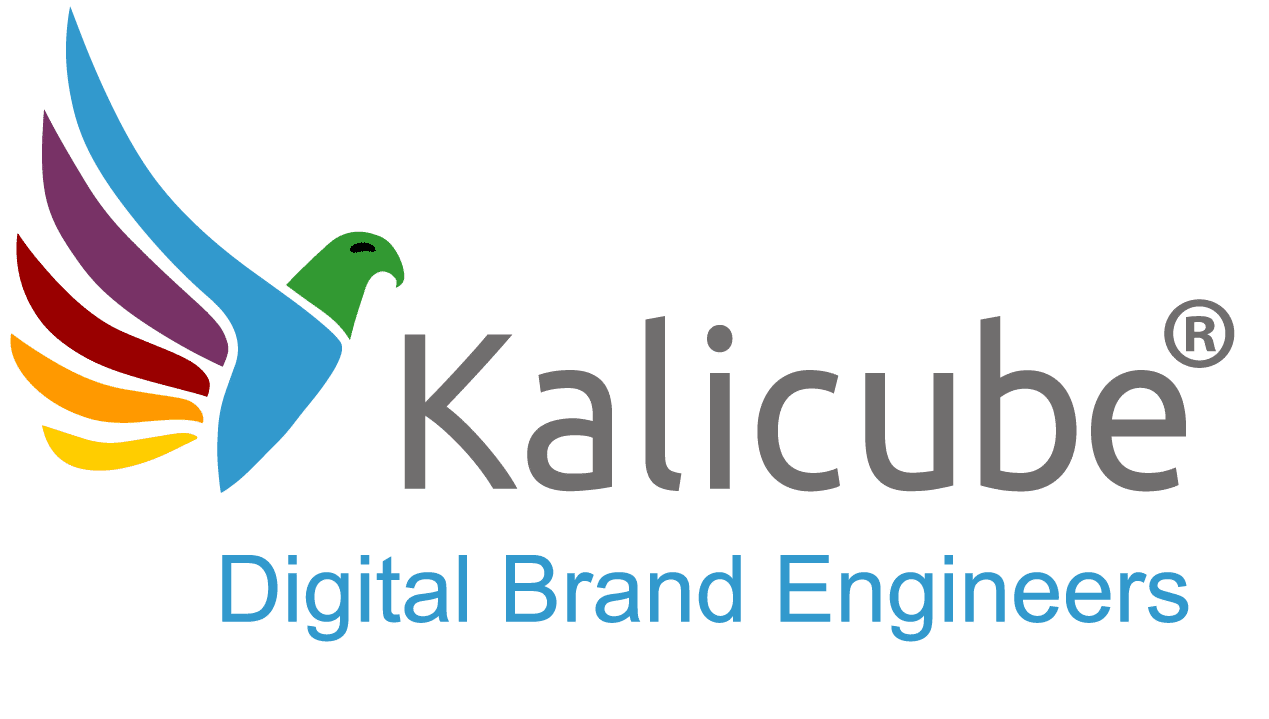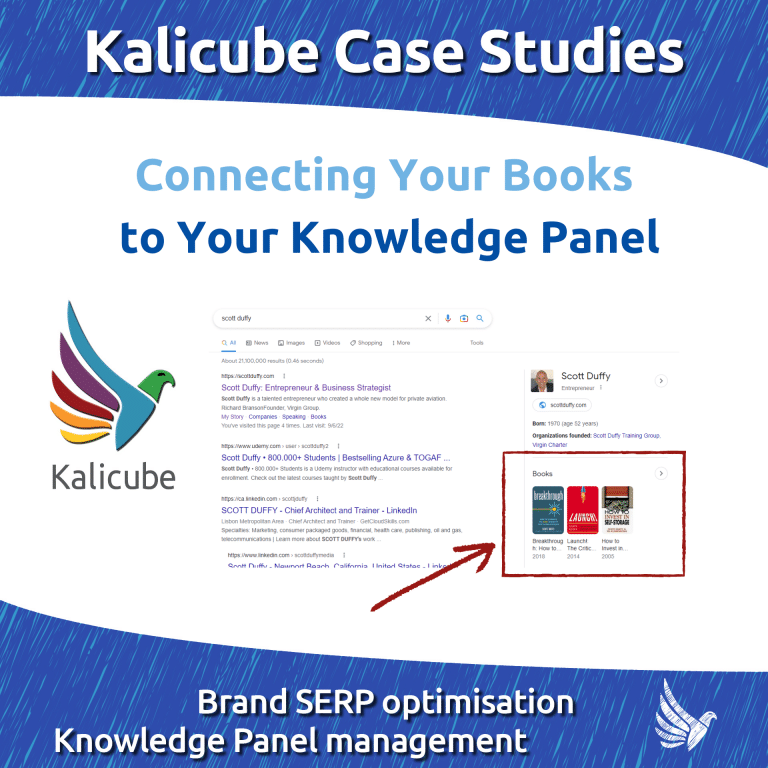8 Ways to Find the Google Knowledge Vault ID (KGID / KGMID) for any Entity

What Is a KGMID (Google Knowledge Vault ID)?
It is a unique identifier for entities in Google’s Knowledge Vault. Every Knowledge Panel in Google SERPs (Search Engine Results Pages) contains a kgmid. Therefore, we can also consider a kgmid as the IDs of Knowledge Panels.
You can see what Google understands about an entity by looking it up in the Knowledge Vault API, or if you have the kgid, you can see which entity it represents with the reverse Knowledge Vault lookup.
To see what Google understands more widely about the entity, you can also use the kgmid as a search on Google like this: https://www.google.com/search?kgmid=/g/11cm_q3wqr – this will show you the SERP (Search Engine Results Page) that corresponds to the entity. If the result is the same as the normal search on the entity https://www.google.com/search?q=Jason%20Barnard then Google’s understanding is solid and it is very confident in that understanding. When there are differences, then Google is unsure about its understanding.
What Is the Difference Between /g and /m a KGMID ?
A kgmid starting with /m comes from the Freebase database that Google bought years ago, then closed and moved the information into Wikidata. So everything /m was created before 2015.
A kgmid starting with /g are more recent. Everything that is /g was created since 2015.
What Are the Different Ways of Finding a KGMID ?
There are numerous ways to find and determine the correct kgmid. Some are simple, but some require a little bit of searching.
1) Find a kgmid using the Page Source
When you see a Knowledge Panel, by either right-clicking or using Ctrl+U to view the page source, you can find a kgmid this way.
After the page loads, you can find the Knowledge Vault ID by searching for either /g/ or /m/. Now, this will return multiple results so in order to make sure you have found the right one, you need to find this little sequence here: null, \x22. The sequence after that is your kgmid, which leads to the next \x22.
You can also double check if it is the right one, because the name of the entity is in the next field, after the next \x2. In this case: Jason Barnard.
2) Easier Solution When You See the Knowledge Panel – use “share”
When you see a Knowledge Panel on Google, you can click on the three dot “burger menu” and a share modal window appears.

Copy the URL by clicking on it and paste that into your browser address bar. The URL will redirect to a url that looks like this: https://www.google.com/search?kgmid=/g/11p187zfbt
Look for the /g/ or /m/ to find the kgmid for the entity shown in the Knowledge Panel (in this case /g/11p187zfbt)
3) Find a kgmid Using Google Stick Parameter Decoder
Another interesting way to find a kgmid is to use the Google stick parameter decoder.
An example: A quick Google search for Jason Barnard’s book, The Fundamentals of Brand SERPs for Business, then you click on Jason Barnard in the Knowledge Panel
Then you can then copy/paste the URL into the decoder (the part the decoder looks at is the section after stick=.
Here in the results we have the subject of this query and the object of the query. The subject is the book, Jason Barnard’s kgmid is the object and the predicate (relationship or verb) is “written”.
And in the format of semantic triples (sounds complicated, but is just simple grammar), that translates into The Fundamentals of Brand SERPs for Business (subject) written by (verb) Jason Barnard (object).
Claiming the Knowledge Panel
Disclaimer: This only works if the Knowledge Panel has not yet been claimed.
Another way to find a kgmid is unclaimed Knowledge Panels. If you see the option “claim this knowledge panel” on a Knowledge Panel, you can very quickly find out what the Knowledge Vault ID is.
An example: Using Dan Sharp’s unclaimed Knowledge Panel we can find the kgmid associated with this entity using any of the two methods:
4) Find a kgmid by Inspecting the Search Result
If you right-click on the option itself and select “Inspect”, you will find the ID together with the sequence /claim/?mid=.
5) Find a kgmid by Claiming the Knowledge Panel
Another option is to click on the option to claim the Knowledge Panel, then you will be redirected to the appropriate page. And on the URL itself we find the Knowledge Vault ID which is /g/11kgg0l8s8.
6) Find a kgmid Using Kalicube Pro™ Knowledge Vault API Lookup Tool
The above methods require a bit of searching and involve numerous variables. However, you can easily search for existing Knowledge Vault IDs using the Kalicube Pro’s Knowledge Vault Explorer tool >>
An example: Again with Jason Barnard, a search in the Knowledge Vault Explorer shows 5 results, three are homonyms (people with the same name), and the other two are associated entities. This is incredibly powerful because you have multiple options if there are multiple entities with the same name, and also you can see the connections and associations Google is making in the Knowledge Vault.
7) Find a kgmid Writing the Entity’s Description Using Kalicube Pro SaaS
Another Kalicube Pro tool that can help you find a kgmid is writing descriptions for the entity. The tool is part of the paidKalicube Pro SaaS platform. It uses Google’s NLP (Natural Language Processing) to analyse the text and identify known entities – each blue link (see bottom of the screenshot) corresponds to a kgmid and links to the relevant Google result, for example https://www.google.com/search?kgmid=/g/11cm_q3wqr. The grey entities are those that Google’s NLP has guessed from the text but does not have a kgmid for that entity (and the entity is therefore not in the Knowledge Vault)
8) Find a kgmid Using Kalicube Pro SaaS Copywriting Sandbox Tool
Another option is Kalicube Pro’s sandbox tool for copywriting. With this tool, you can test your descriptions and find out which entities Google sees without having to actually run them using the previous tool (which added the description to our clients’ live website in real time, so it is not a place to experiment and try things out :).
Similar to the previous Kalicube Pro tool, this tool is used to analyse the text and identify known and guessed entities. And so any entity with a blue link also corresponds to a kgmid and grey ones are entities Google’s NLP has guessed from the text. As you can see, it is very good at guessing! Google uses its NLP extensively to expand and grow its Knowledge Vault, but that is a story for another day.
Bonus: Using Kalicube’s Knowledge Vault Reverse Lookup
We are now done with the different ways to find a kgmid, but what happens if someone gives you a kgmid and you don’t know which entity it corresponds to? Kalicube Pro has a free tool for that too: With the help of Kalicube Pro™ Reverse Lookup Tool, it is possible to do this.
An example: If I copy Jason Barnard’s and use the tool, it displays the entity associated with it.
With this tool you can make sure you have the right kgmid for the entity you’re looking for, which is extremely useful.
Why Is Finding KGMIDs Important?
Knowing the kgmid of an entity, especially if it’s your own entity or something you want to optimise. A kgmid represents a specific NAMED entity. So Jason Barnard who was in a Movie called First Man is /g/11fw71_nbj whereas Jason Barnard, the author and digital marketer is /g/11cm_q3wqr. Applying the right optimisation signal to the correct KGMID is essential because you need to ensure that you are providing the right information to Google for the correct named entity. You are educating Google and ensuring that it has confidence in understanding about that specific named Entity.
Remember that if you have a KGMID , that means you already have a Knowledge Panel. And nowadays having one means that Google understands who you are and considers you to be relatively important by Google. That stamp of approval from Google is vital – everyone who uses Google, trusts Google… so when Google shows a Knowledge Panel, everyone considers you to be important … be it existing and current clients, potential clients, partners, journalists, and absolutely anyone else googling your name.
If you’re interested, Kalicube offers free tools used to find kgmids and also done with you Knowledge Panel Services. If you are an ORM, PR or digital marketing agency, then Kalicube Pro is definitely a platform you will need to best serve your clients. Kalicube Pro™ for agencies >>




